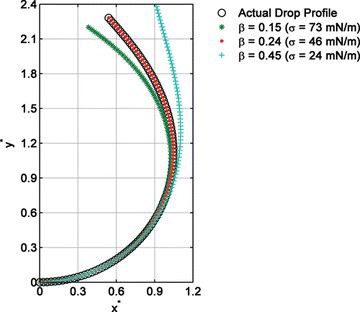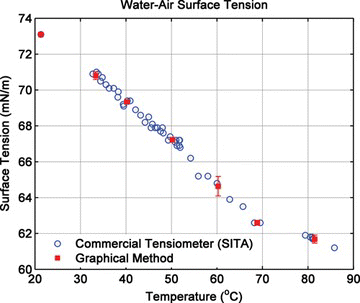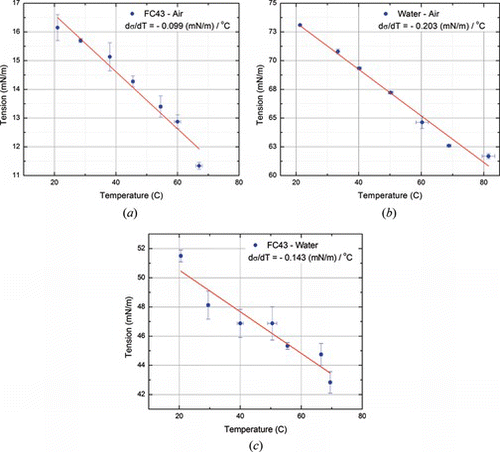Figures & data
Figure 1 Drop shape. R 1 and R 2 are the principal radii of curvature at P on the surface. ϕ (phi) is the angle the drop axis makes with the normal of the surface at point P (color figure available online).
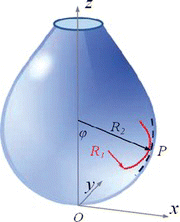
Figure 2 Experimental setup: Images of pendant drops formed in a fluidic chamber are transferred to a computer for processing (color figure available online).
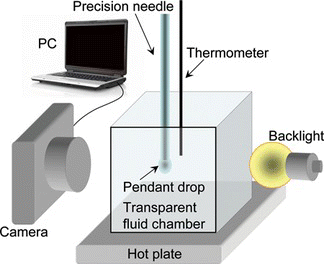
Figure 3 Left) Actual image of a pendant drop; Right) Binary image resulting from edge detection (color figure available online).
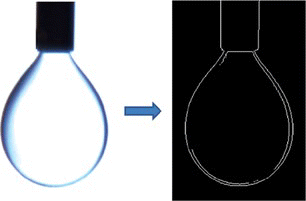
Figure 4 Left) Actual image of a pendant oil drop immersed in water (transparent); Right) By choosing an appropriate value of interfacial tension, s, the theoretical and actual drop profile overlap. The interfacial tension calculated for oil in water drops was found to be 52 dyne/cm (color figure available online).

Figure 5 Effect of the gravitational parameter on the theoretical curve calculated for a pendant drop of FC-43 in water (T = 55°C) (color figure available online).
